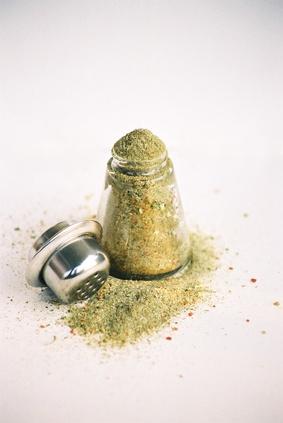Asafetedia is a dried brown resin like substance that is obtained from the root of “ferrula assafoetidia“. It has a very strong smell that some people dislike and some like. Mostly grown in the Mediterranean region to Asia. Assa comes from the farsi language “resin”and foetid or fetid comes from Latin which means”stinky”. So it actually means stinky resin.

Asafetida is a plant belongs to Apiaceae family. These asafetida plants are found in Western Asia, Northern Iran and Afghanistan. It grows under continental climates with extreme temperatures. Asafetida are 12.5 to 15 cm in diameter and they are four to five years old at this point when it is about to bloom the stems and roots are cut. From the roots of this Asafetida plant gum is extracted and it is stored away from light and air for longer storing of asafetida. After drying it undergoes different levels of changes in color. First grayish-white gum is extracted which changes into yellow color and finally to reddish-brown color. Asafetida has a very disgusting smell like rotten garlic.
Asafetida is sold either in the form of gum or as a fine yellow powder which can be added directly to the cooking dishes. Asafetida which is used as a substitute for garlic contains 30-40 percent of asafetida and the remaining percent is included with edible starch. Asafetida is used in pickles and soups. It is considered as a spice that adds relish to food. It is mostly used in Indian cooking items, especially some sects in India, use this asafetida as a substitute for onion and garlic. Very less quantity of asafetida is required while adding it directly to cooking items or frying in oil.
How is Asafetedia used in home cooking?
Its not very popular in the west but is used quite a bit in the Indian cuisine. The resin form is the most strong vs the powder form. But the resin one id also the purest from so you get maximim benefits using the resin asafetedia. It is ground into a powder just before adding to oil so it disperses better and then added to the dish that is being prepared. ALways use only a pinch
What are the uses of Asafetida?
Asafetida is a natural herb used in curing various ailments.
Patients with respiratory disorders are advised to take this concoction three times a day to recover fast.
Asafetida has anti-inflammatory and anti-oxidant properties which helps in relieving stomach related problems like gas and acidity.
Applying asafetida cream helps in keeping insects away from the body because of its strong and pungent smell.
Asafetida is suggested to women during the post partum period because it has anti-flatulence properties and is supposed to provide heat to the body.
This herb is normally used for good digestion purpose.
Tooth pain relief: And additionally it gives relief from toothache problems. Add asafetida powder to lemon juice and warm it. Dip cotton ball in this warm juice and place it on the aching tooth.
Asafetida is also used as blood purifier.
Benefits of Asafetida Powder
Asafetida Anti-spasmodic and Hypotensive Effects
Another animal study published in the April 2004 edition of the “Journal of Ethnopharmacology” revealed that asafetida extracts can relax the small intestine in guinea pigs and rats and thereby provide relief from spasms. In humans, it can relieve abdominal gas and induce bowl movements. The “Journal of Ethnopharmacology” study also found that asafetida extracts may reduce blood pressure and help prevent heart attack and stroke. But as with cancer, there is no clinical evidence to prove the hypotensive and anti-spasmodic effects of asafetida, and it should not be used in lieu of prescription medications.
Respiratory Illnesses
The volatile oils of asafetida are eliminated through the lungs, and it may be helpful in the treatment of a variety of respiratory illnesses, such as asthma, bronchitis and whooping cough, K.V. Peter writes in “Handbook of Herbs and Spices.” But talk to a doctor before taking asafetida supplements.
Viral Infections
Extracts of asafetida also contain sesquiterpene compounds, which can inhibit the growth of a variety of strains of influenza virus in the laboratory, says C.L. Lee, author of a study published in the September 2009 edition of the “Journal of Natural Products.” It may also inhibit the growth of certain fungi and intestinal parasites. Again, talk with your doctor before using it.
